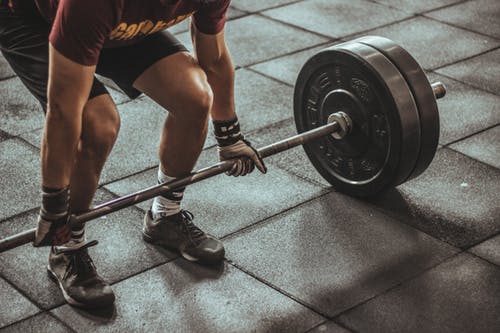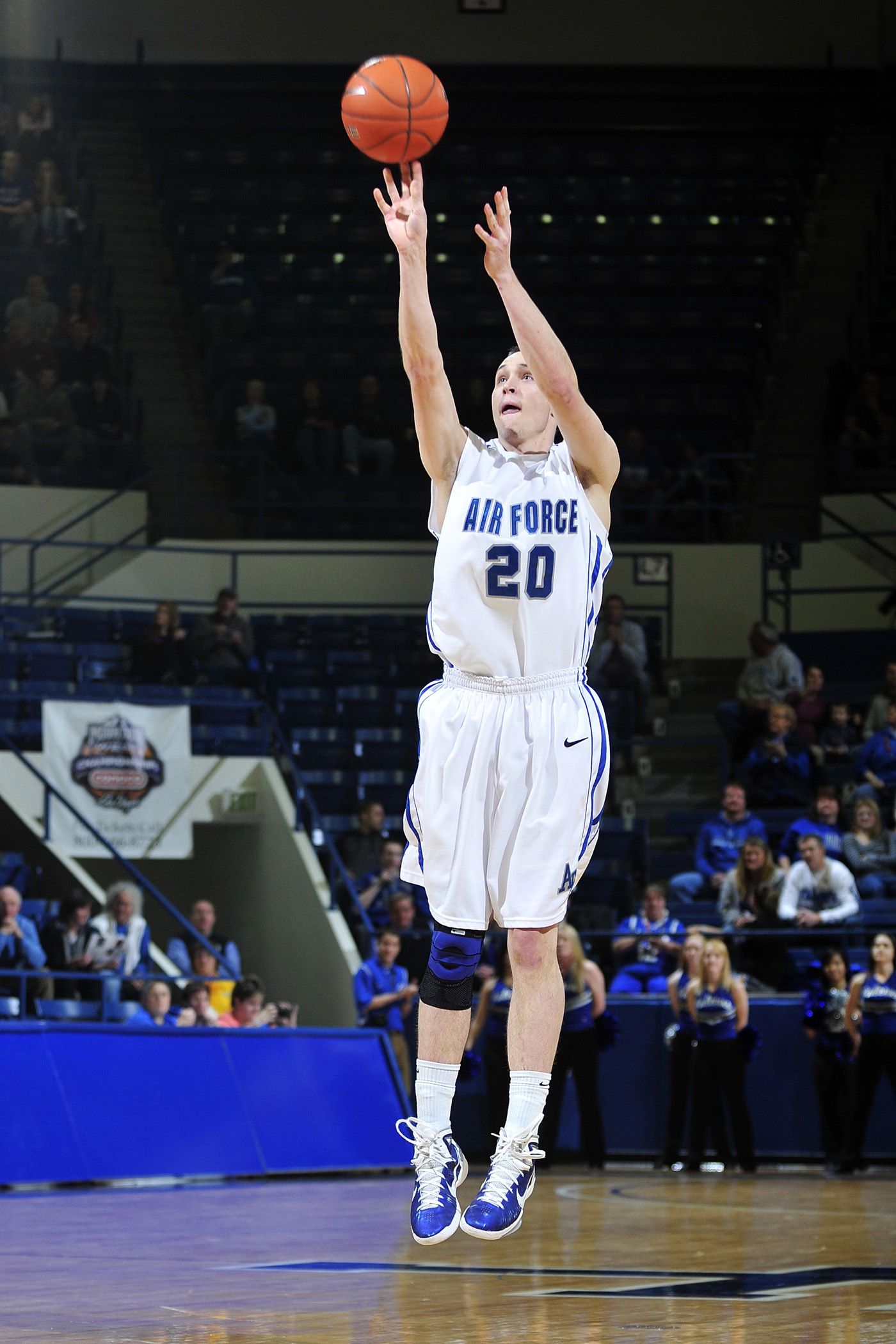Like other exercise students, I had a lot of education about the impact of age on the body – especially chronic disease, the bones, and strength/muscle mass. A question that always comes up with this topic is: what happens if someone stays in shape throughout a lifetime? Latella et al have an interesting study in the Journal of Strength and Conditioning Research that looks at this and powerlifting.
The authors examined powerlifting competition result data for almost 1800 male and female Australian powerlifters over a 15 year span. The athletes were studied by gender and by their strength levels (first quartile of athletes were the weakest, fourth quartile were the strongest).
The results are interesting:
- Female athletes had a competition total at baseline that ranged from almost 320% of bodyweight (lowest quartile) to almost 540% in the highest quartile.
- Male athletes had a competition total at baseline that ranged from almost 460% of bodyweight in the lowest quartile to almost 720% of bodyweight in the highest quartile.
- Female athletes, over 15 years, gained approximately .09 kilograms/day to almost .17 kilograms/day on their totals.
- Male athletes, over 15 years, gained approximately ..1 kilograms/day to a little over 2 kilograms/day on their totals.
- For female athletes, the stronger athletes made the greatest gains in terms of strength/day. The third quartile made greater gains than the first and second quartiles, the fourth quartile made the greatest gains per day.
- This was almost the opposite with male athletes. In male athletes the weakest athletes made the greatest gains in terms of strength gains/day over 15 years than the strongest athletes, who mad ethe smallest gains/day.
The results make it sound like there is a straight line increase in strength over a 15 year period. While those averages (so many kilograms/day) are in the study, there’s an important table early on in the results. The table shows the powerlifter’s total in their first competition, their highest total, and the results in their last competition. These numbers show the impact of time on strength.
For example, female athletes total almost 290 kilograms in their first competition, almost 325 in their highest total, and almost 315 in their final competition. Males show a similar pattern. In other word, yes strength increases over time but at some point as a result of time and injuries it also decreases (though it’s still higher than the first meet).
Let’s unpack the results. First, males are stronger than females both in terms of absolute lifting totals and in terms of relative strength. Second, increases in strength over time are similar to both genders but follow different patterns. The strongest males made the smallest gains over time and the weakest males made the greatest gains over time. The opposite happened with females. This suggests there may be some gender differences here.
Now, there are limitations to the study. First, we don’t know anything about training practices and how these impact strength changes over time. For example, we don’t know if powerlifters on a Westside program made better gains than those on a 5/3/1 program. Second, we don’t know anything about injuries. Third, we don’t know anything about performance enhancing drugs. Finally, and this is important, it’s unclear if each of the more than 1800 athletes was followed to chart their development over this time period.
Time is not a strength and power athlete’s friend. Trauma accumulates to the joints. The closer we get to our genetic ceiling, the harder we have to push to make gains which increases the risks of injury. As we get older we don’t recover from training sessions and small injuries like we used to. This means that over time, even if an athlete maintains their training without significant interruptions, strength and power levels decrease from the cumulative effect of all of this.
I work with post-collegiate track and field athletes. By definition these athletes are at least 21 and have probably been in the sport at least a good eight years. Now, these athletes aren’t 49 and broken down like me, but they are not 18 anymore either. This means we have to be careful with changes and monitoring training intensities.
For example, let’s say we’re going to have a pretty intense week in the weight room. I don’t do maxes with this level of athlete, but we might be doing 4-RM’s on strength lifts and a 2-3-RM on the power movements (Olympic lifts, jump squats, etc.). If that is the case, it would be a bad week to have an especially intense week of sprint or plyometric workouts. So if one component goes up (the weights) the others are reduced (sprints and plyos) to compensate.
Also with this group of athletes, I’ve found that it is not a good idea to change everything at the same time. For example, we might maintain our current strength training program while changing the sprinting and plyometrics. Then a week of two later, while maintaining the new sprint/plyo program, we might change up the strength training program. As we get older, we need a chance to get adjusted to changes.
As I get older I find that I can’t train through the little, annoying injuries that I used to. If I do then they become major injuries. I have to take longer to recover between heavy or maximal training sessions. Volume is not my friend anymore, higher volume training sessions results in joint issues (I actually don’t mind this one because as a former Olympic lifter I’m not put together for endurance work). I also have to account for changes to the program elsewhere to balance it out. For example, let’s say I decide to do a different type of lunge in a lower body workout. If I do that then it’s a good idea to a) use light weight on the first few sessions and b) not do other exercises that stress the knee in the first workout or two with the new exercise.
References:
Latella, C., Teo, W-P., Spathis, J., and van den Hoek, D. (2020). Long-term strength adaptation: A 15-year analysis of powerlifting athletes. Journal of Strength and Conditioning Research, 34(9), 2412-2418.



